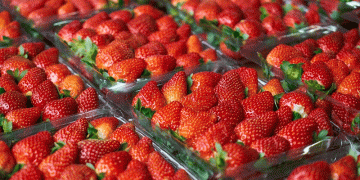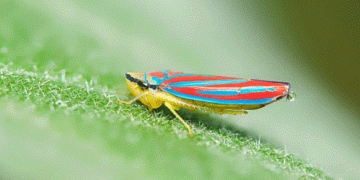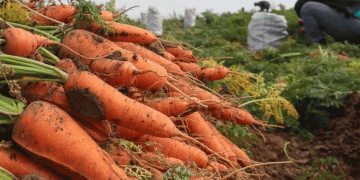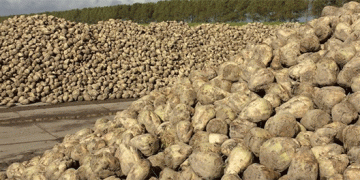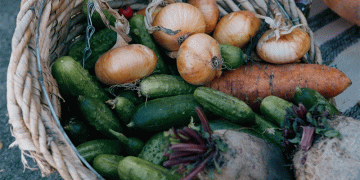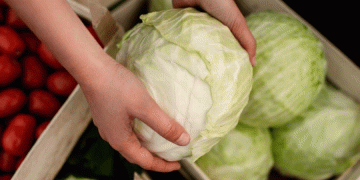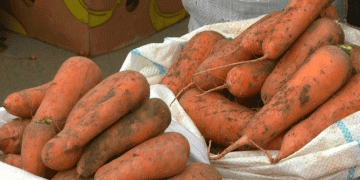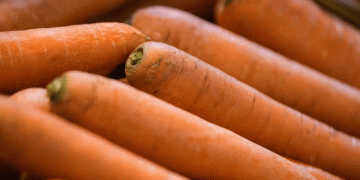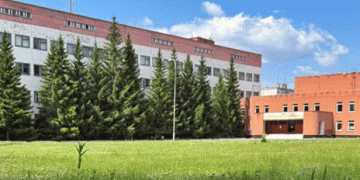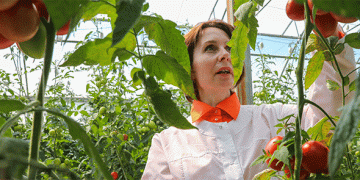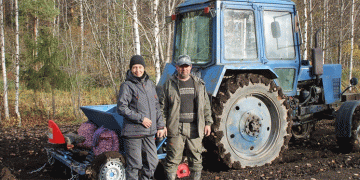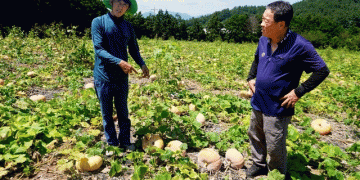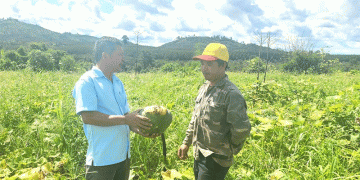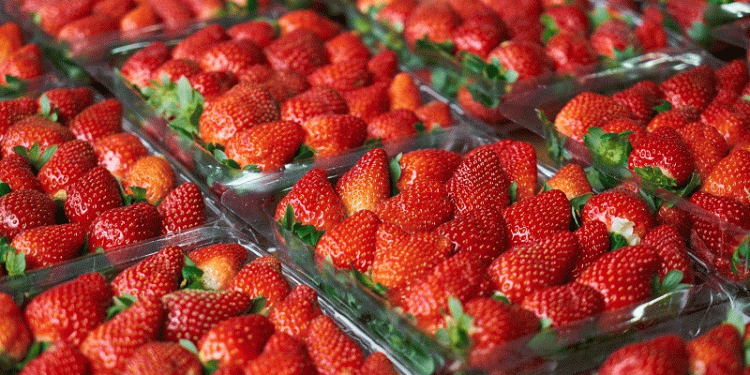In a stunning demonstration of agricultural innovation, the Netherlands has transformed strawberry production through advanced protected cultivation systems, achieving what once seemed impossible: dramatically increasing output while significantly reducing land use. According to data from Statistics Netherlands (CBS), the country produced 86 million kilograms of strawberries in 2024—exactly double the production volume of 2010—while simultaneously reducing the land dedicated to strawberry cultivation by 15% over the same period.
This extraordinary achievement was made possible by a strategic shift toward growing strawberries in plastic tunnels and greenhouses, which has enabled three times higher yields per square meter compared to traditional open-field production. The Dutch approach exemplifies how technological innovation can overcome the traditional trade-off between production intensity and environmental sustainability. The controlled environment agriculture sector has allowed Dutch producers to extend their growing season dramatically, with supermarkets selling domestic strawberries as early as February—something unimaginable with conventional growing methods just a decade ago.
The productivity gains achieved through protected cultivation are remarkable. While global average strawberry yields typically range from 20-30 tons per hectare in open-field systems, Dutch protected cultivation systems achieve yields of 60-90 tons per hectare according to FAO comparative data. This efficiency gain is particularly significant given growing concerns about agricultural land preservation and sustainable intensification.
The benefits extend beyond sheer productivity. Greenhouse and tunnel systems provide:
- Superior pest and disease control through environmental management
- Reduced pesticide usage through biological control implementation
- Precise water and nutrient management minimizing environmental impact
- Protected growing conditions that prevent weather-related crop losses
- Extended growing seasons enabling nearly year-round production
The Dutch success story reflects broader trends in specialty crop production. According to the European Protected Agriculture Association, the area under protected cultivation for berries has increased by approximately 40% across Europe since 2015, driven by consumer demand for year-round availability and consistent quality.
The economic implications are substantial. By extending the production season and improving quality consistency, Dutch growers have captured premium market positions and reduced their exposure to seasonal price fluctuations. The ability to supply strawberries during traditional off-season periods has created significant competitive advantages in both domestic and export markets.
The Netherlands’ strawberry production revolution offers a powerful model for sustainable agricultural intensification that deserves careful study by producers and agricultural professionals worldwide. By embracing protected cultivation technologies, Dutch growers have simultaneously addressed multiple challenges: increasing productivity, reducing land use, minimizing environmental impacts, and improving economic stability through season extension. This approach demonstrates that with appropriate technology and management, it is possible to break the traditional paradigm that more production requires more land. As global demand for fresh produce continues to grow while available agricultural land remains constrained, the Dutch experience with strawberries provides valuable insights into how innovation can create more productive, sustainable, and resilient agricultural systems for the future.
